Tech
Sign up for our newsletter
We summarize the week's scientific breakthroughs every Thursday.
-
 Tech
TechUsing Facebook ‘likes,’ computer pegs people’s personalities
Using limited data from Facebook, computers can outdo humans in assessing a user’s openness, neuroticism and other personality traits.
-
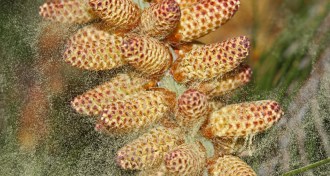 Health & Medicine
Health & MedicineAllergy-related Google searches follow pollen season ups and downs
Google search queries could help researchers track pollen seasons in areas without pollen-monitoring stations.
-
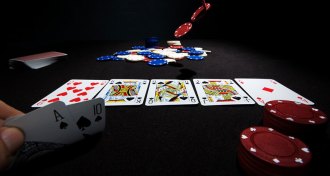 Computing
ComputingNew computer algorithm plays poker almost perfectly
An algorithm optimized to play heads-up limit Texas Hold’em poker will never lose in the long run against any opponent.
By Andrew Grant -
 Computing
Computing‘The Imitation Game’ entertains at the expense of accuracy
Inaccuracies weaken “The Imitation Game,” an otherwise enjoyable film about Alan Turing breaking the Enigma code during World War II.
By Andrew Grant -
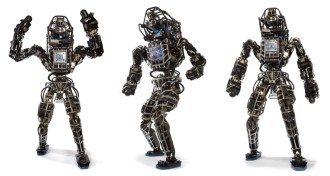 Tech
TechDesigning robots to help in a disaster
Ideally, robots could take over for human crews in disaster zones. But seemingly simple tasks, such as walking, communicating and staying powered up, still pose big challenges.
By Meghan Rosen -
 Tech
TechBlu-ray Discs get repurposed to improve solar cells
Polymer solar cells capture more sunlight when they are imprinted with movies’ and TV shows’ Blu-ray Disc etchings.
By Andrew Grant -
 Quantum Physics
Quantum PhysicsMilestone algorithm runs on quantum computer
An algorithm proposed two decades ago that demonstrated the benefit of using quantum mechanics to solve certain problems has finally been run on a quantum computer.
By Andrew Grant -
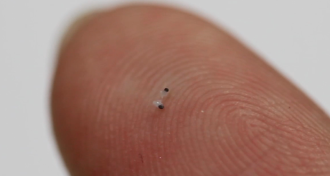 Tech
Tech‘Micro-scallop’ takes a stroke toward swimming in blood
A tiny device that looks like a scallop flaps its way through viscous fluids, something that has been a challenge in the past.
-
 Neuroscience
NeuroscienceA species of invention
From early humans painting on cave walls to modern-day engineers devising ways to help people move better, the drive to innovate is simply part of who humans are.
By Eva Emerson -
 Math
MathSpirals inspire walking aids for people with disabilities
Long admired for their beauty, spirals have inspired a shoe that may help disabled people walk. The shapes make for a better crutch and an entertaining skateboard as well.
-
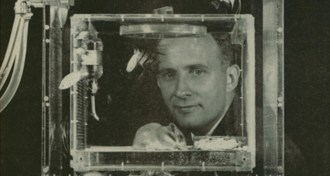 Tech
TechSheath helps ‘aqua-hamster’ survive underwater
Scientists hoped a membrane invented in 1964 would let submarines pull air from seawater.
-
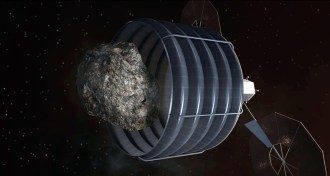 Science & Society
Science & SocietyAsteroids closer to home may get us to Mars
NASA should abandon its attempt to bring a space rock into lunar orbit and instead scrutinize ones already whizzing by Earth, one scientist argues.